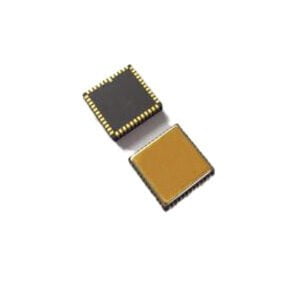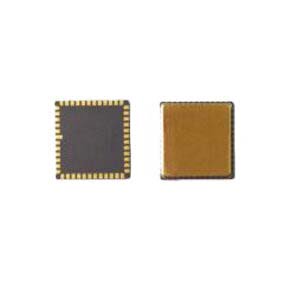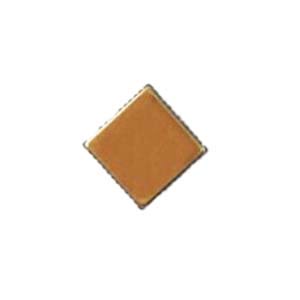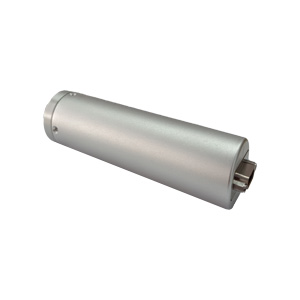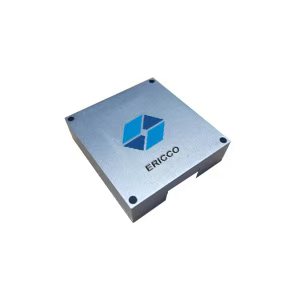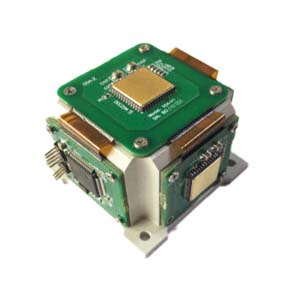Are you curious about the compass in your mobile phone, the stable flight attitude of drones, and even the precise navigation of rockets, all of which are inseparable from a miniature "rotation sensor"? This is the MEMS gyroscope! With its small size, low cost and excellent performance, it is replacing the bulky traditional gyroscope and penetrating into every aspect of our lives and industry.
Classification by accuracy: consumer, tactical, navigation
Not all MEMS gyroscopes are the same! According to the difference in measurement accuracy, they are mainly divided into three levels, serving completely different fields:
Consumer: This is our most common type. The gyroscope in your smartphone, sports bracelet, and game controller belongs to this category. It is characterized by extremely low cost, low power consumption, and miniaturization, which is enough to meet the needs of daily sports tracking, screen rotation, and simple posture perception. Of course, its accuracy is relatively limited, and it is not suitable for scenarios that require long-term high-precision measurements.
Tactical: This level has significantly improved accuracy and is aimed at more professional applications. Imagine drones that need stable flight, precise navigation of agricultural machinery, and attitude control of industrial robots. They require more reliable and stable angular velocity measurements than consumer-grade ones. Tactical-grade gyroscopes have better performance in measurement range, anti-interference ability and bandwidth.
Navigation-grade: This is the top of the precision pyramid. It serves fields with demanding environmental requirements: aerospace (aircraft, satellite navigation), geological exploration (north finder, platform stability), high-precision ground mapping, core positioning modules for autonomous driving, etc. They need to maintain extremely small errors for a long time and in complex environments, and have extremely high requirements for key indicators such as zero bias stability and angle random walk.
Brief analysis of navigation-grade and tactical-grade products
ER-MG2-200 (navigation-grade): As the name suggests, the range is ±200°/s. Its core advantages lie in extremely high zero bias stability (0.02°/hr) and extremely low angle random walk (0.005°/√hr). Designed for high-precision north finding (such as drilling platform orientation) and ground precision navigation, it extends the range while maintaining high accuracy and has a wider applicability.
ER-MG-067 (Tactical): Provides a wider measurement range (±400°/s). Its accuracy index (bias instability 0.3°/hr, angle random walk 0.125°/√hr) is slightly lower than the navigation level, but far better than the consumer level. It also takes into account the wide range, which is very suitable for tactical applications such as drone stabilization and industrial robot control.
Summary: From daily to cutting-edge, ubiquitous perception
MEMS gyroscopes, from the mobile phones in our pockets to the aircraft flying in the sky, are playing an increasingly critical role on the vast stage with their tiny bodies. Through the clear division of consumer, tactical, and navigation levels, it accurately matches the different needs from daily entertainment to cutting-edge industry.
Application Techniques
1.Main features of MEMS gyroscope
2.Sensitive structure analysis of MEMS gyroscope
3.The analysis of damping in MEMS gyroscope
4.The impact of turntable error on MEMS gyroscope calibration
5.How does MEMS gyroscope work in harsh high temperature environment?
6.Error Generation Mechanism of MEMS Gyroscope Under High Acceleration Condition


